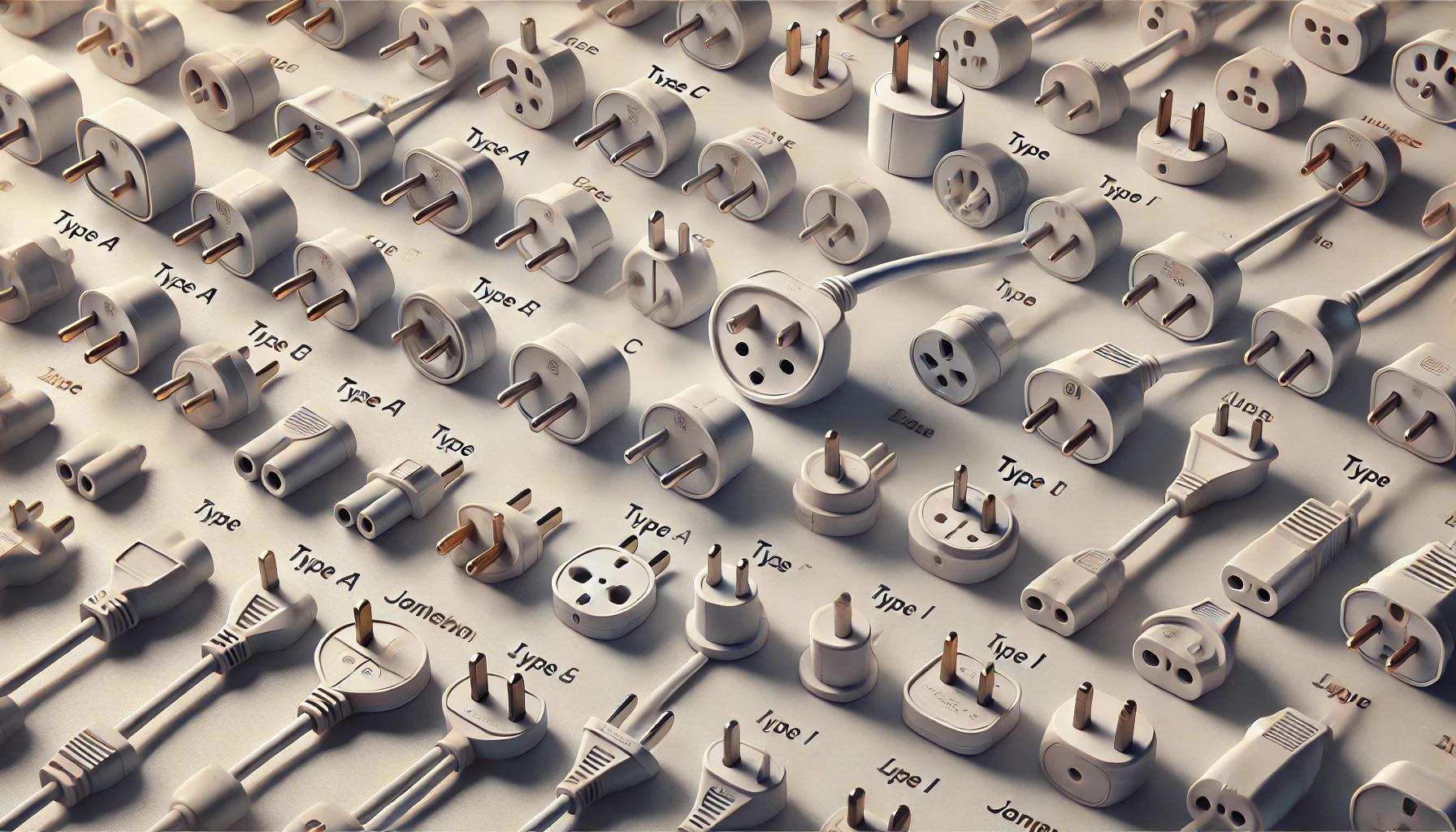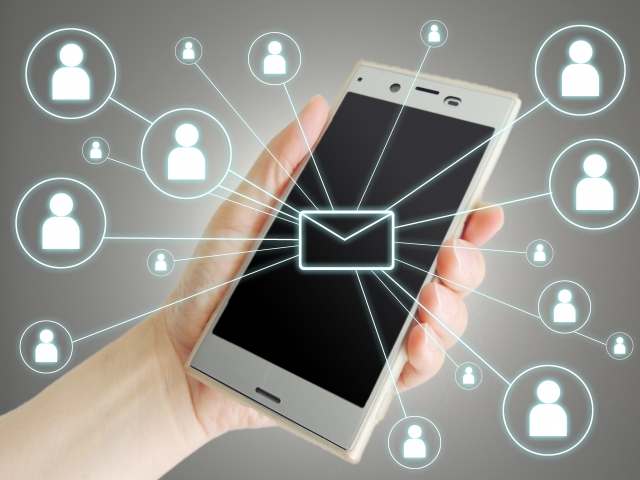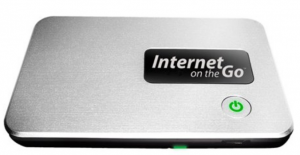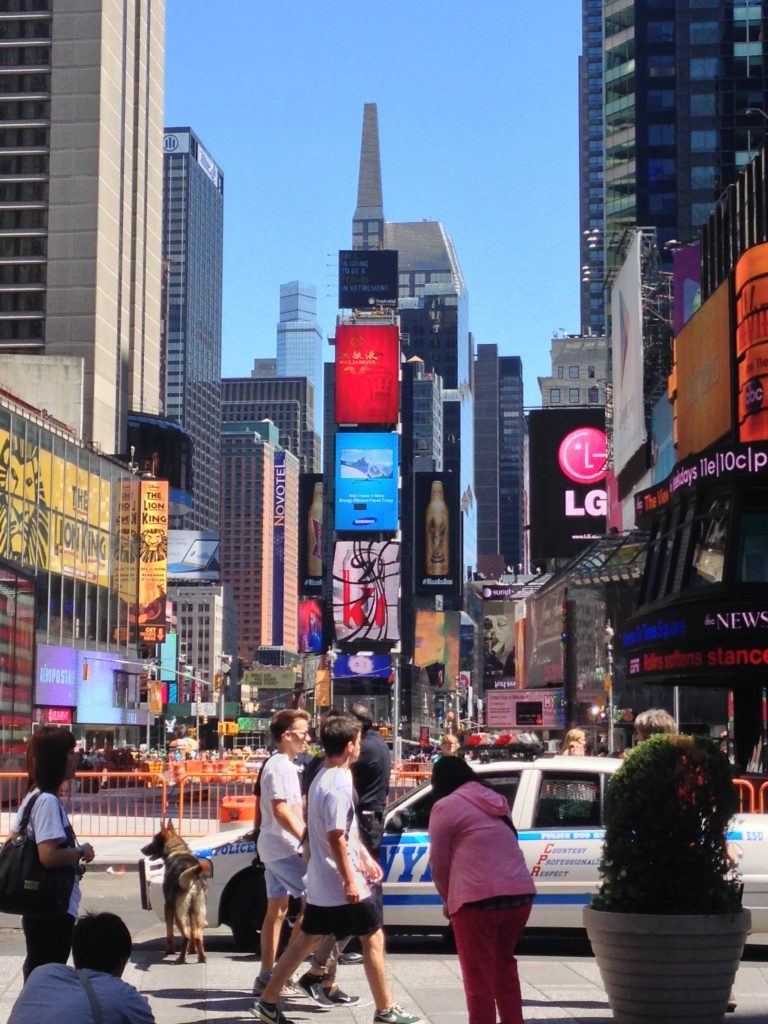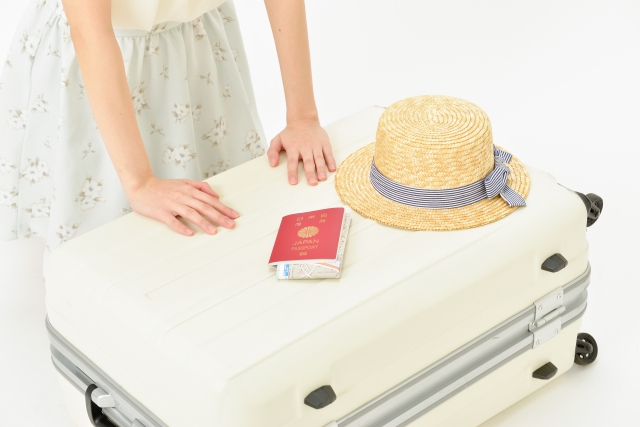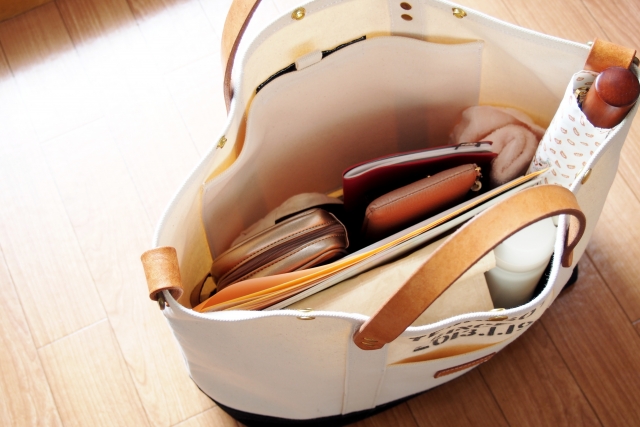The world is full of unexpected surprises, and studying abroad offers countless opportunities to encounter them.
From food and manners to language, you’ll experience cultural differences that come beyond your perspective.
Among these surprises, one often stands out: discovering unique jobs you never imagined existed.
While studying abroad, you might start pondering questions about your future, such as, “What kinds of jobs are out there in the world?” or “How can I best use the English skills I develop in New York?” Taking the time to think about how to apply your abilities is a vital step toward achieving your goals.

There are professions common in your countries but less familiar in other countries.
One such example is the janitor, for example for people from Asian countries.
Probably, for those who completed their education in Japan, it might be surprising to see janitors handling school cleaning tasks in the U.S. In Japan, students are responsible for cleaning their own schools, a practice that is uniquely shared by Japan, China, and South Korea, according to the National Institute for Educational Policy Research.
Surprising Jobs for Friends Visiting Japan

Visitors to Japan are often fascinated by unique jobs that don’t exist or are uncommon in Europe, such as:
- Elevator operators
- Care workers (which are also rare in some parts of the world)
- People handing out tissues on the street
These are undeniably interesting, but what struck me most wasn’t the jobs themselves—it was the difference in customer service attitudes.
In Japan, store clerks always say “Welcome” and “Thank you” with such warmth and attentiveness.
Customer service in other countries, where clerks might not greet you, thank you, or even make eye contact with you, might shock some Japanese people; Though, I think Japanese customer service is simply an exceptional standard.
Professions Reflecting Cultural Differences
Just as monks are a familiar presence in Japan, pastors play a significant role in Christian societies.
In Japan, monks undergo intensive training in temples, while pastors receive specialized education to become spiritual leaders.
The cultural and environmental influences you grow up with shape not only your behavior but also the nature and roles of professions that may seem similar at first glance.
This diversity highlights the richness of cultural differences and how they shape our understanding of even familiar roles.

How about American Business Manners? Essential Tips
If you’re stepping into American culture, here are some key business etiquette points to keep in mind:
- Use First Names: In the workplace, people commonly address each other by their first names rather than using honorifics or formal titles.
- Direct Communication: Americans appreciate clear and concise communication. Skip lengthy formalities and get straight to the point.
- Punctuality: Just as in Japan, being on time is crucial in professional settings.
- Handshake Etiquette: A firm handshake is considered a sign of confidence and respect, especially in formal or professional situations.
- Respect Diversity: American workplaces value inclusivity and respect for diverse backgrounds and perspectives. Avoid discriminatory remarks and strive to create a welcoming environment.
One challenge I faced was overcoming the hesitation to express my opinions.
In English-speaking environments, where discussions and debates are the norm. Your silence might cause confusion.
If you say, “I don’t share my thoughts,” you will be reprimanded. My reluctance to speak was seen as hindering teamwork.
I have become more comfortable with sharing my opinions since then.
This experience reminded me that the world is becoming more interconnected.
Popular Careers in the U.S.

If you’re considering working abroad, here are three sought-after professions in the United States:
- Software Developer: As reliance on technology grows, software developers are in high demand to create and maintain various applications and systems.
- Teacher: Educators play a vital role at all levels, from kindergarten to higher education, shaping the next generation.
- Data Analyst: With the rise of data-driven decision-making, data analysts are essential for helping businesses interpret data and make informed choices.
As an international student, you bring a global perspective, multilingual abilities, and cultural adaptability—all of which can set you apart from other candidates.
Frame these strengths as assets to potential employers.
For example:
- Your ability to navigate diverse environments can translate into strong interpersonal and cross-cultural communication skills.
- Language skills can be a major advantage for companies with international clients or global operations.
Cultural differences can sometimes make U.S. job interviews feel intimidating. To prepare:
- Research common interview questions and practice answering them confidently.
- Learn about behavioral interviews, where employers assess how you’ve handled situations in the past.
- Familiarize yourself with the company’s mission, values, and recent projects to show genuine interest.
Practice with friends, mentors, or career advisors to refine your answers and improve your comfort level.
Why don’t you take NYEA Private Lessons?
To succeed in these careers, mastering English and honing additional skills are essential.
Navigating the job market in the United States can be both an exciting and daunting experience, especially for international students.
Balancing the challenges of immigration laws, cultural differences, and a competitive job market requires preparation and a strategy.
At the New York English Academy (NYEA), private lessons are tailored to individual goals, focusing on areas like pronunciation, grammar, business etiquette, presentation skills, or specialized fields.
Embarking on a career abroad involves challenges, but embracing cultural differences is as important as mastering language skills.
With the support of New York English Academy, international students can confidently navigate these hurdles while enjoying a rewarding overseas experience.
Step forward and enjoy New York!































